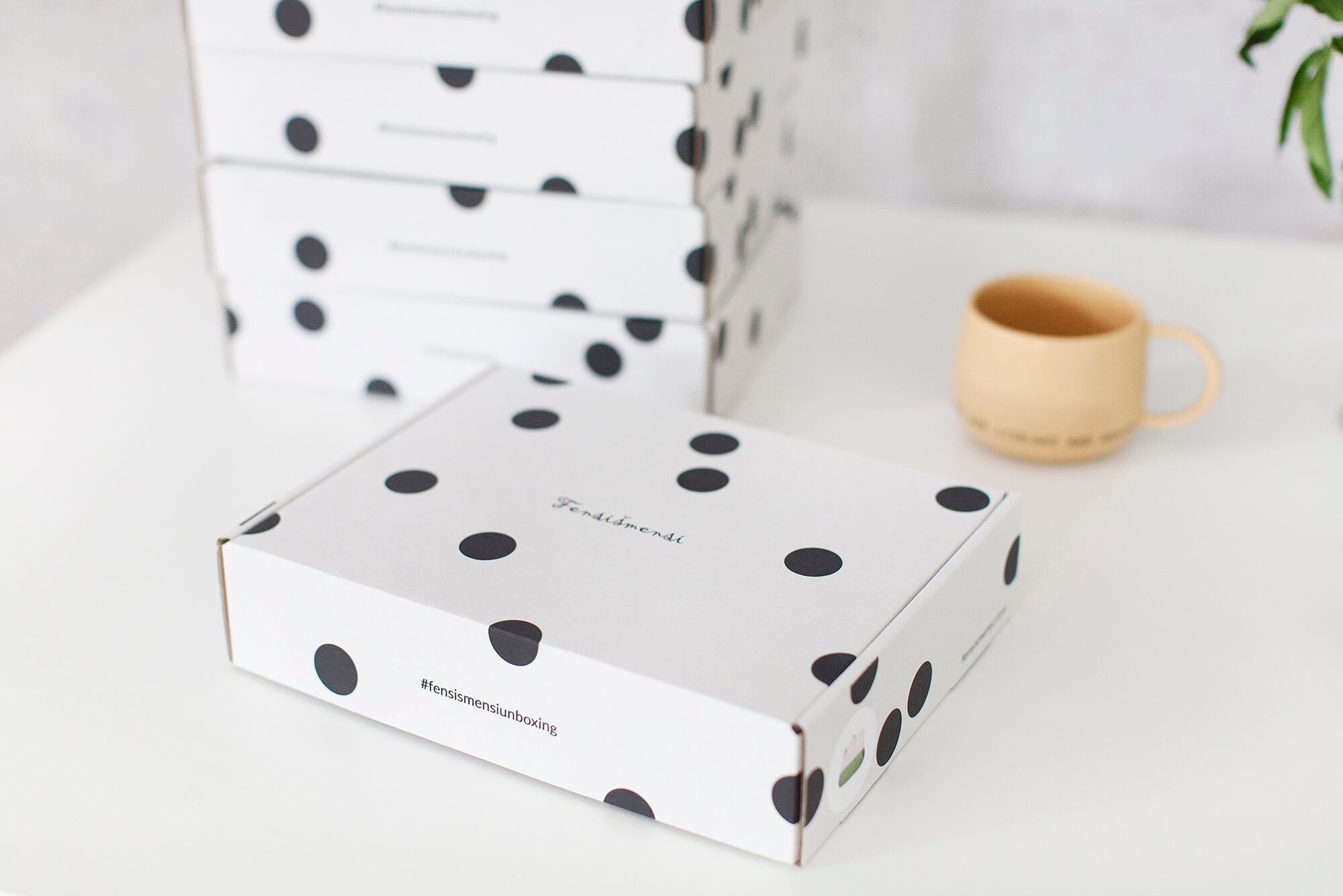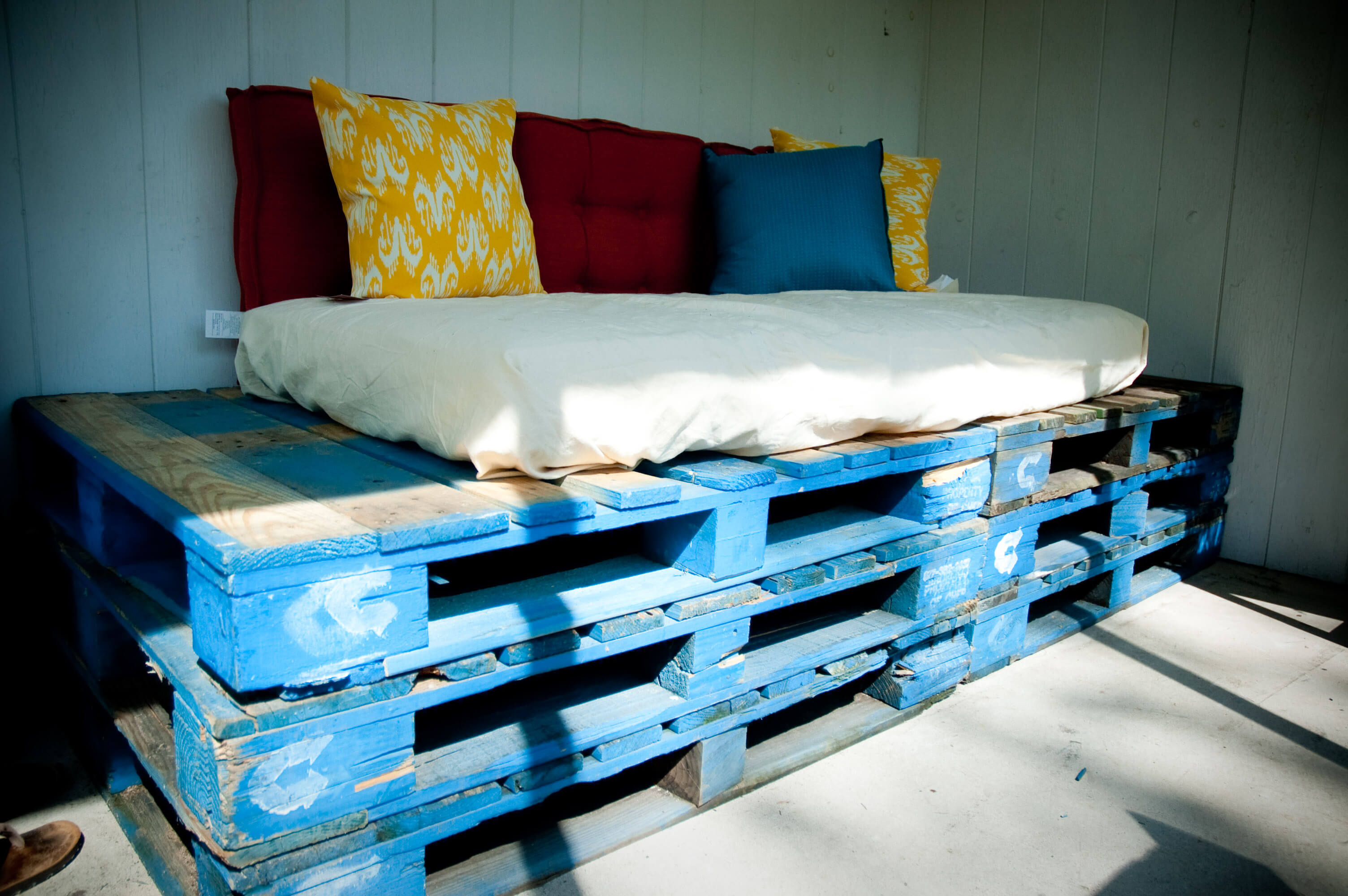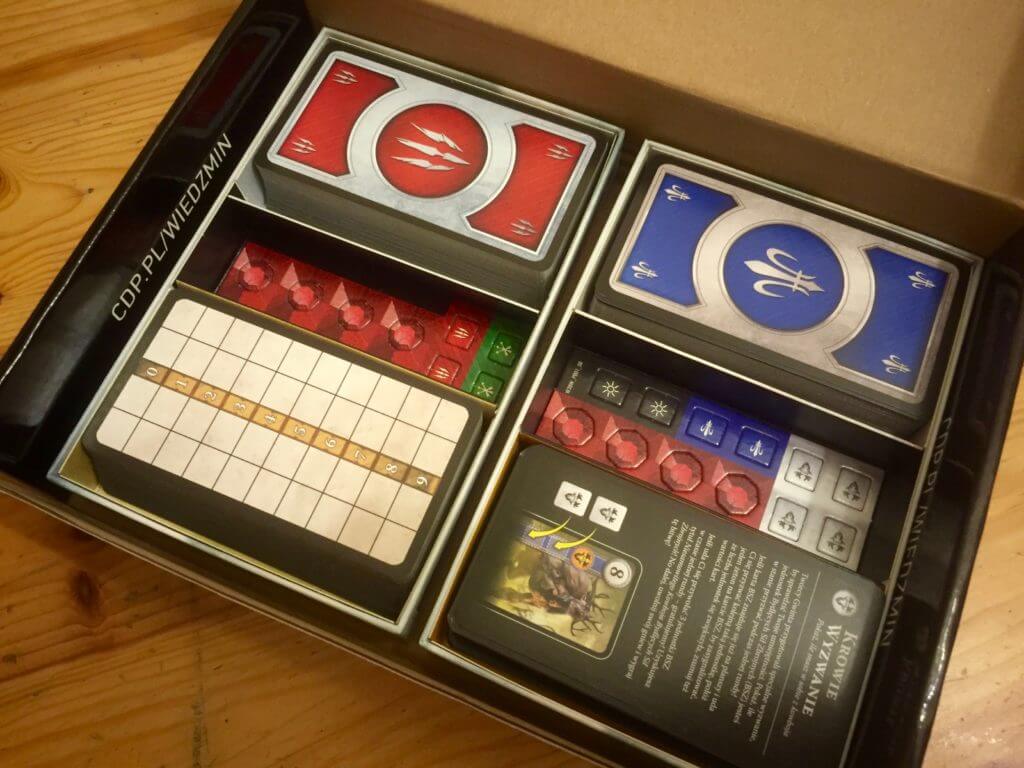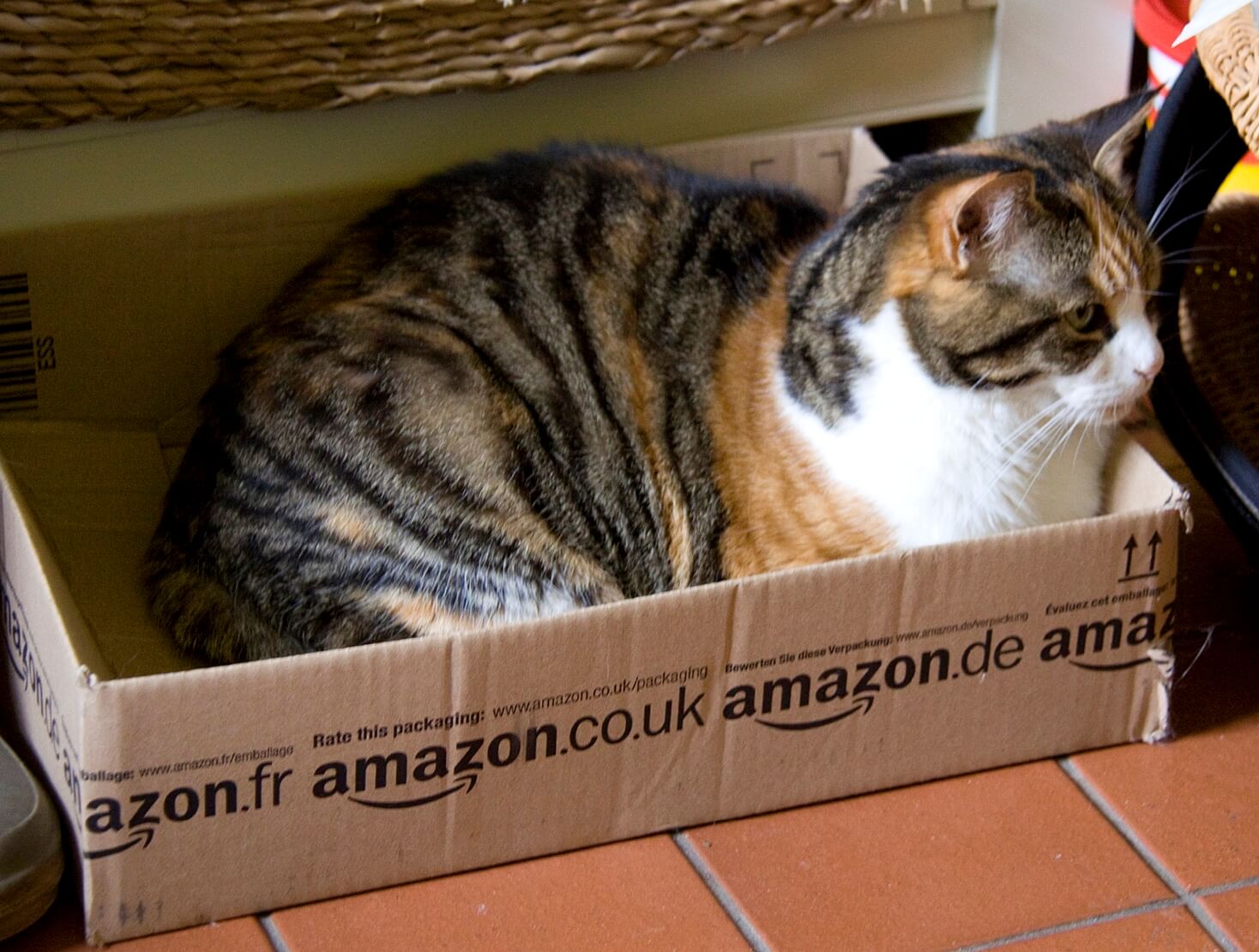Upcycling: The second life of packaging


Subscribe now! Receive 15% discount.
Don’t miss out – get 15% off your first order when you join the newsletter. It’s fast, free, and kinda smart.
You're now subscribed!
Ever heard about upcycling? Even if you haven’t, you surely do it on a daily basis. Thanks to upcycling various objects, packages mostly, they gain a second life and, more importantly – an additional value.
We all are familiar with the notion of recycling and we’re using it widely. Hopefully, not just in theory (all in all, recycling has not only ecological effects, but also economical ones – from lower fees for garbage collection to deposits for glass bottles). Normally this is where our interest is concluded – we throw glass to glass containers and do the analogical thing with plastic and paper.
This branch is sometimes called “downcycling”. The first person to use this notion was the German entrepreneur Reiner Pilz, quoted in 1994 in Thornton Kay’s article featured in „Salvo” magazine. The interview was about an EU directive concerning demolition waste. Pilz said that “recycling is rather downcycling. They smash bricks, they smash everything. What we need is upcycling, where old products are given more value, not less”. Pilz’s story is turbulent – a year after the article had been published, he was arrested in relation to irregularities in his company, which brought it to bankruptcy.
However, the term “upcycling” became popular, and the phenomenon that can be observed since humanity existed gained a new name. Upcycling concerns various objects. An old railway lamp, instead of being thrown away, becomes a vintage piece of furniture and is used in houses, flats and offices. Many different objects that seem worthless at the first glance, turn out to be antiques after some time and gain the value that is far greater than the initial selling price.
Upcycling to some extent concerns a wide range of packages. We can buy bags and backpacks made from plastic bags, used banners or tilts. We can also buy clocks, whose faces had been made with a shipping pallet or construction waste from a demolished house.

Shipping pallets are an entirely different story. Pallet blocks may easily be transformed into a candle holder, and the internet is full of products made from shipping pallets – shelves, book cases and tables. They’re also a popular resource for bed production. All you have to do is organize a trip to a warehouse, and buy some paint and a brush. The only significant expense would be a mattress.
Our mothers truly excel at upcycling. It could be argued that using the ice-cream box in order to store dill leaves is actually downcycling (the feeling of pure disappointment is priceless), but a metal cookie jar that is used as a container for sewing supplies brings an additional value to the package.
I also use boxes made by packhelp.cu.uk to store receipts, invoices and other documents at home – but please don’t tell anyone that their missing from the office. And since we’re talking about offices – a shaped box serves perfectly as a drawer which, for instance, could store small items on the shelves. They’re also a popular stands for displays when one needs to lift it to the desired height that hadn’t been predicted by the producer.

There are even more possibilities for using cardboard boxes as pieces of furniture. Suspended boxes in a closet can become additional shelves and change the furniture functionality with a low cost. Similar cardboard boxes can be an excellent starting point for making furniture or cat toys. It’s a common knowledge that cats are huge fans of cardboard – everyone who ever invested in an expensive scratcher or any other toy for his cat knows that. It seems that there’s a certain reliance – the more expensive the purchase, the more value its packaging has to our cat.

Let’s get back to shaped boxes from Packhelp. I forgot to mention its most important functionality: one of the boxes had been glued to the wall and now serves as a basketball hoop.
Surely this last use required slight modifications (if you want to do this at home, you’ll need to remove the lower wall), but cutting out and gluing cardboard is also a form of upcycling. Children are the unquestioned leaders in this field. Starting from a large number of uses for toilet roll tubes (a telescope seems to be the most common one), up to complex cardboard cut-outs – a Christmas crib, a doll house, a race track, or skyscrapers built with cardboard boxes. Large flap boxes can serve as forts or stages. The possibilities are endless.
Even the brands themselves strongly encourage their customers to treat the cardboard with scissors as sometimes the back walls of the cereal boxes have printed cutouts on them. A few years ago Pizza Hut in Hong Kong introduced a limited box series which was aimed for film passionates. The box was delivered with a special lens, which needed to be put in one of the holes of the box. This entire setup was invented in order to view the image from the screen of the smartphone on the wall (as the phone itself was a source of light). The boxes were also accompanied with a voucher for a free VOD film.
Did it work? Barely I’d say. Did it have cons? Surely loads. Can it be compared in any way with a proper projector? Of course it cannot. But we can assume that most of the clients who received pizzas in such boxes tried “the projector trick” at least once. It worked.
Surely such a marketing campaign is expensive. But in Pizza Hut’s brand story we can find cheaper alternatives. For example – last year the company delivered pizzas in the boxes with a cardboard mini-pitch.

Huge resources are not essential when we want to encourage our clients to play with our boxes or re-use them. We don’t have to encourage them to cut them. And we don’t need colour – even Eco boxes may have a colouring page on it, a crossword puzzle or a sudoku.
Winking at your clients in such a way surely will improve the relationship between you and your clients. Do you know any other upcycling examples? Maybe you’ve got some experience with upcycling yourselves? Let us know on Facebook or drop us an email at [email protected].
























